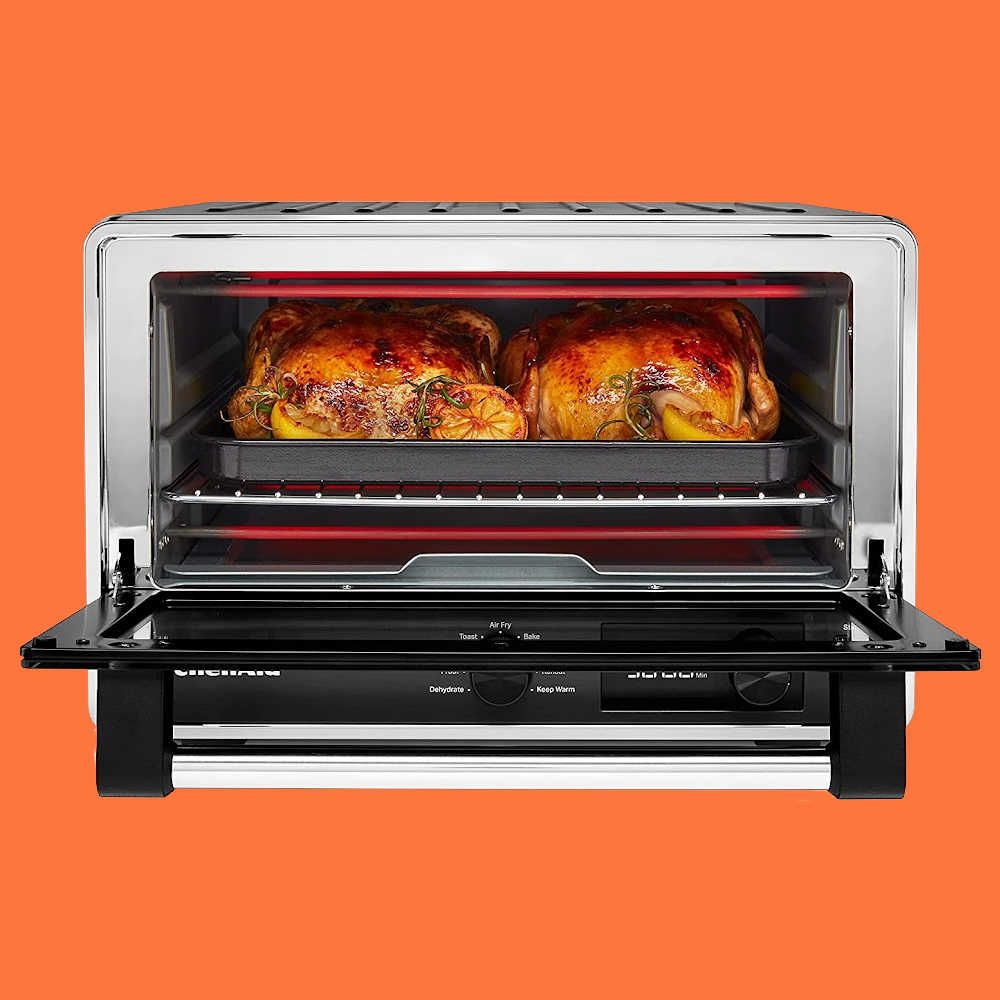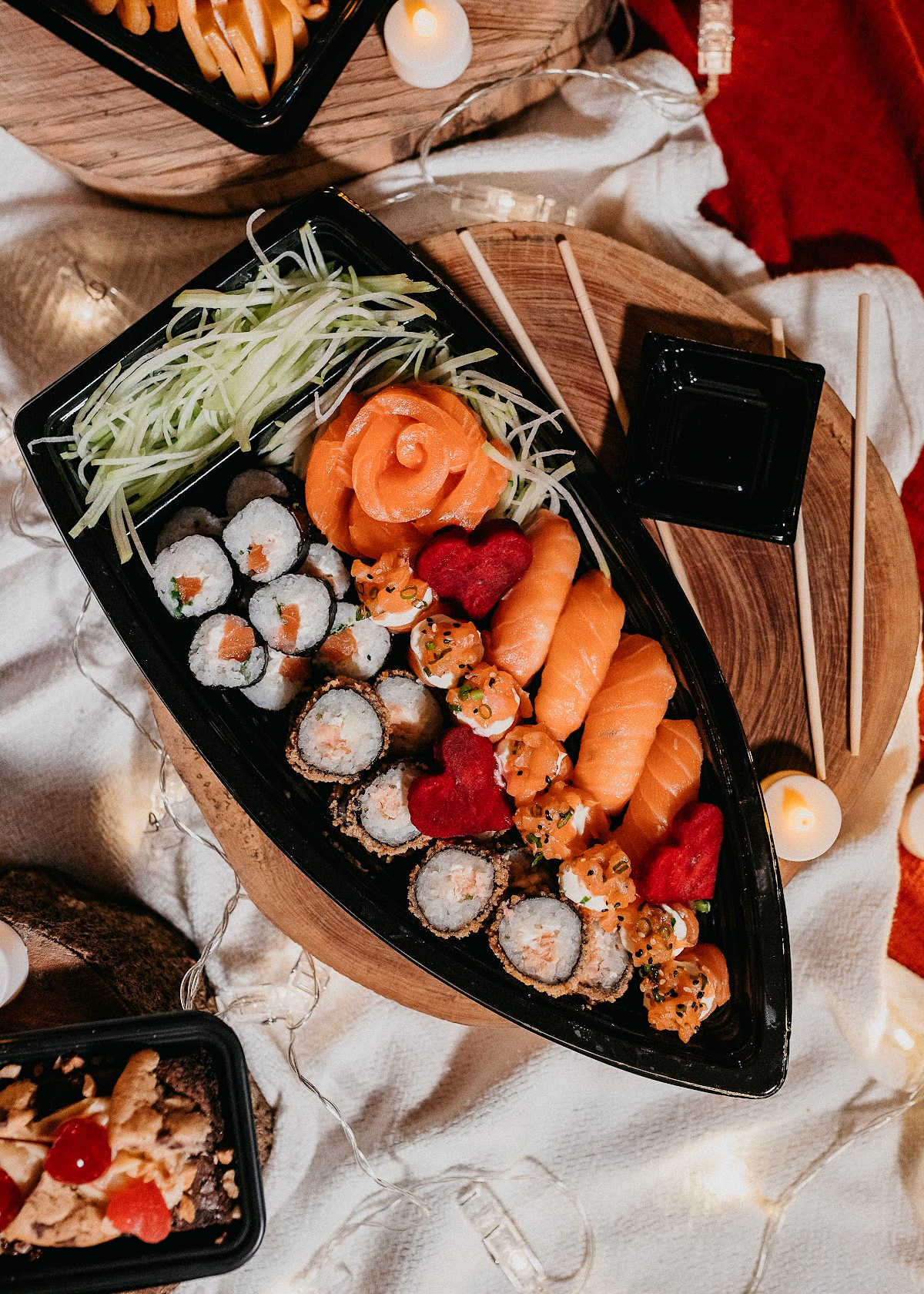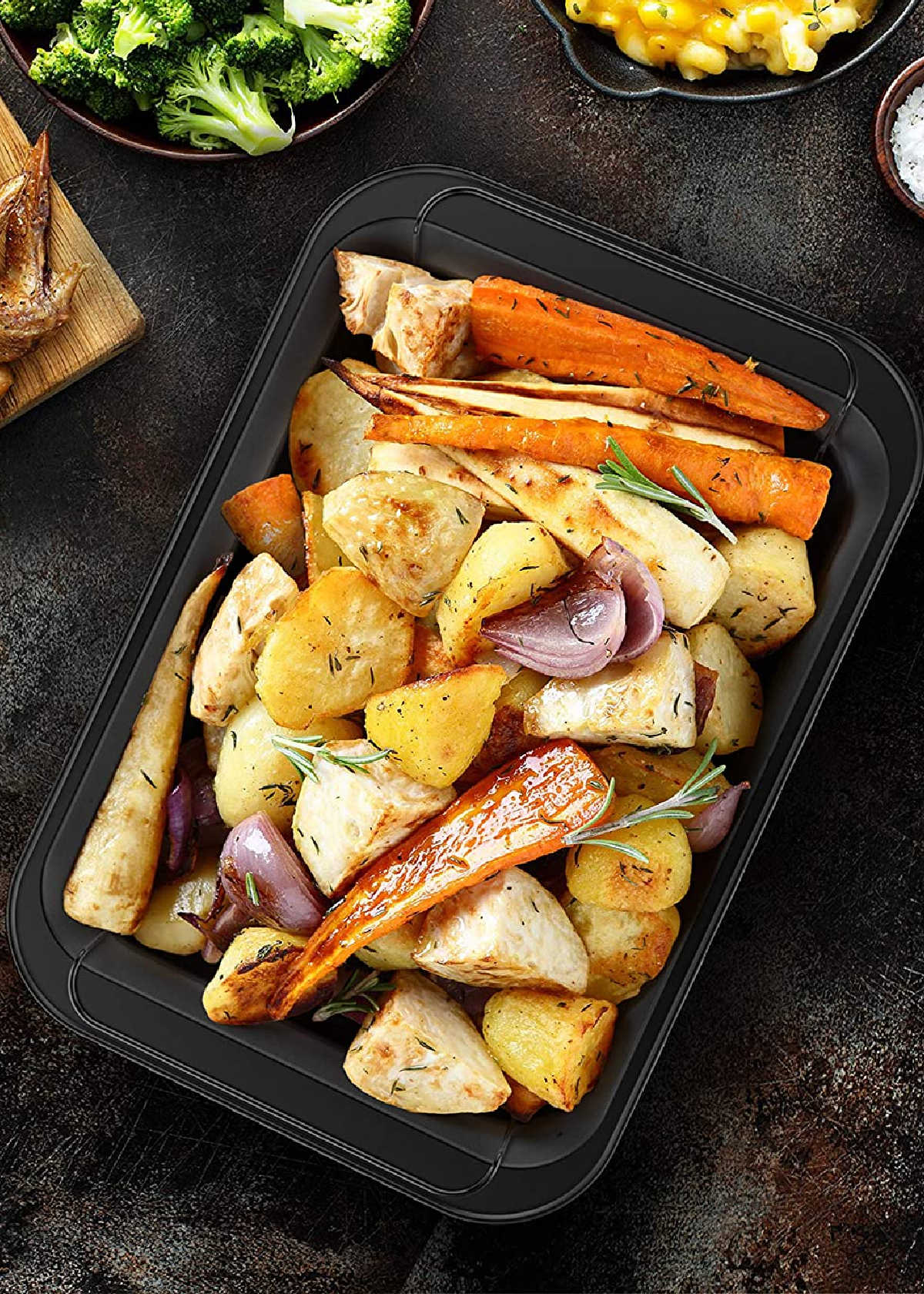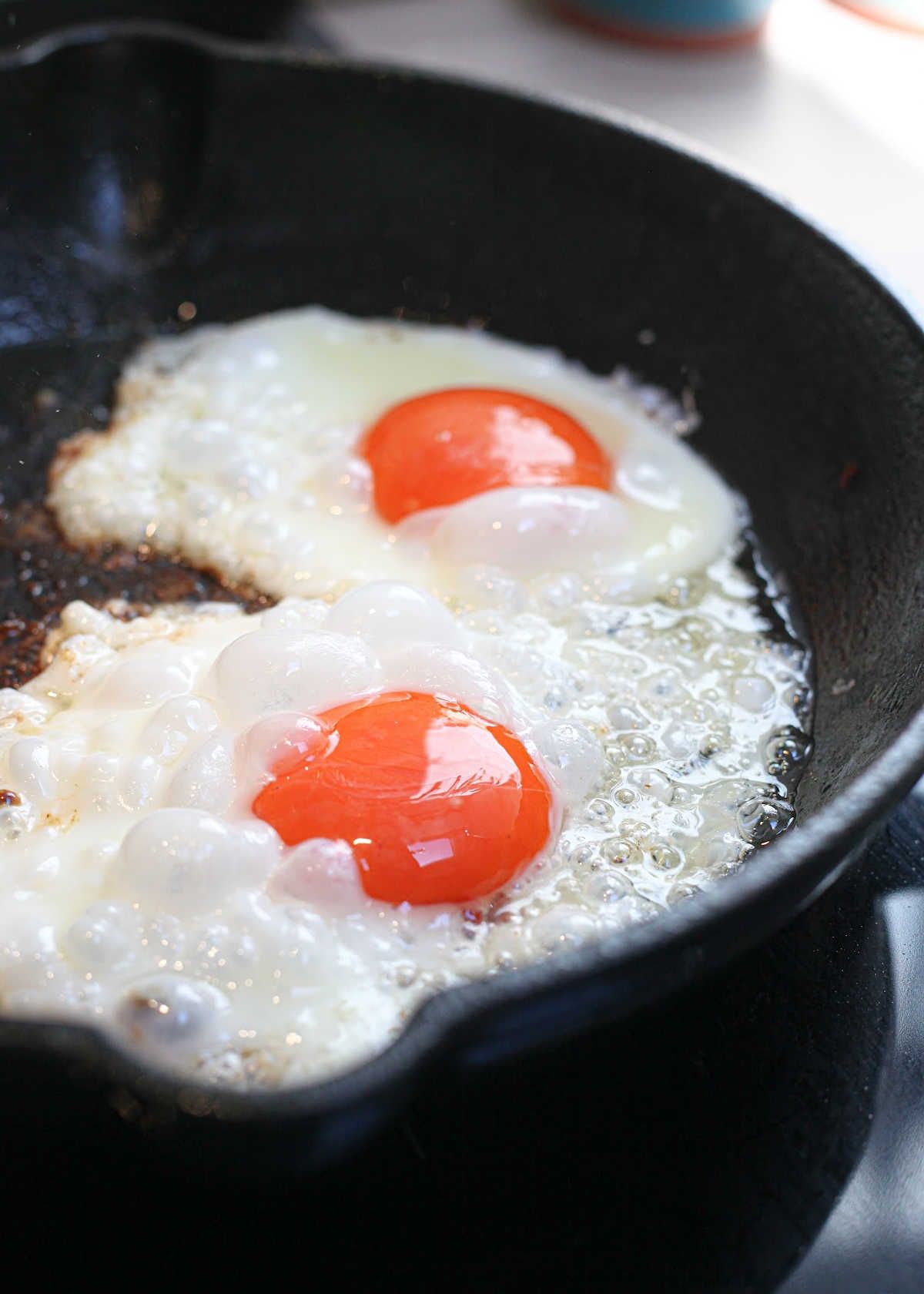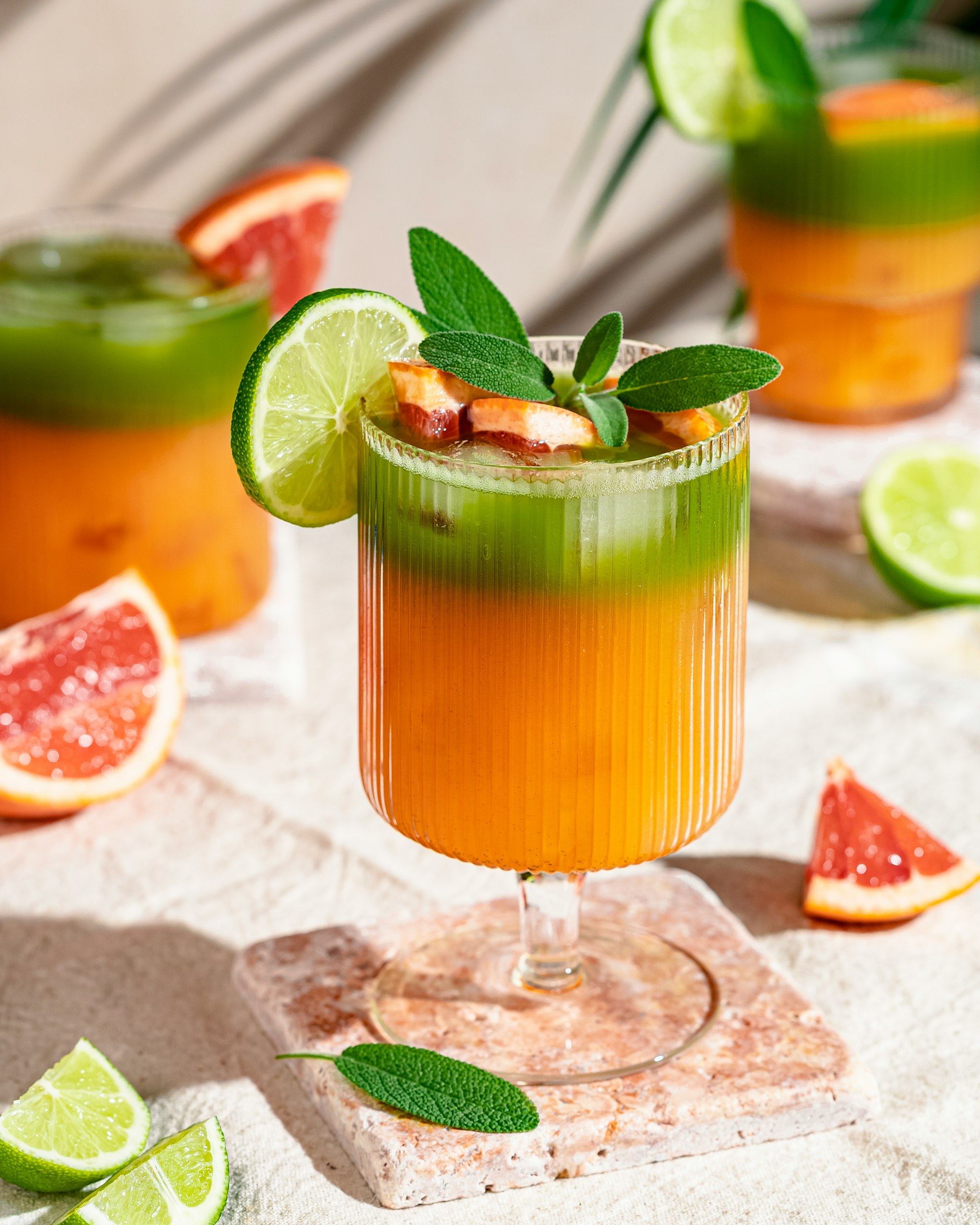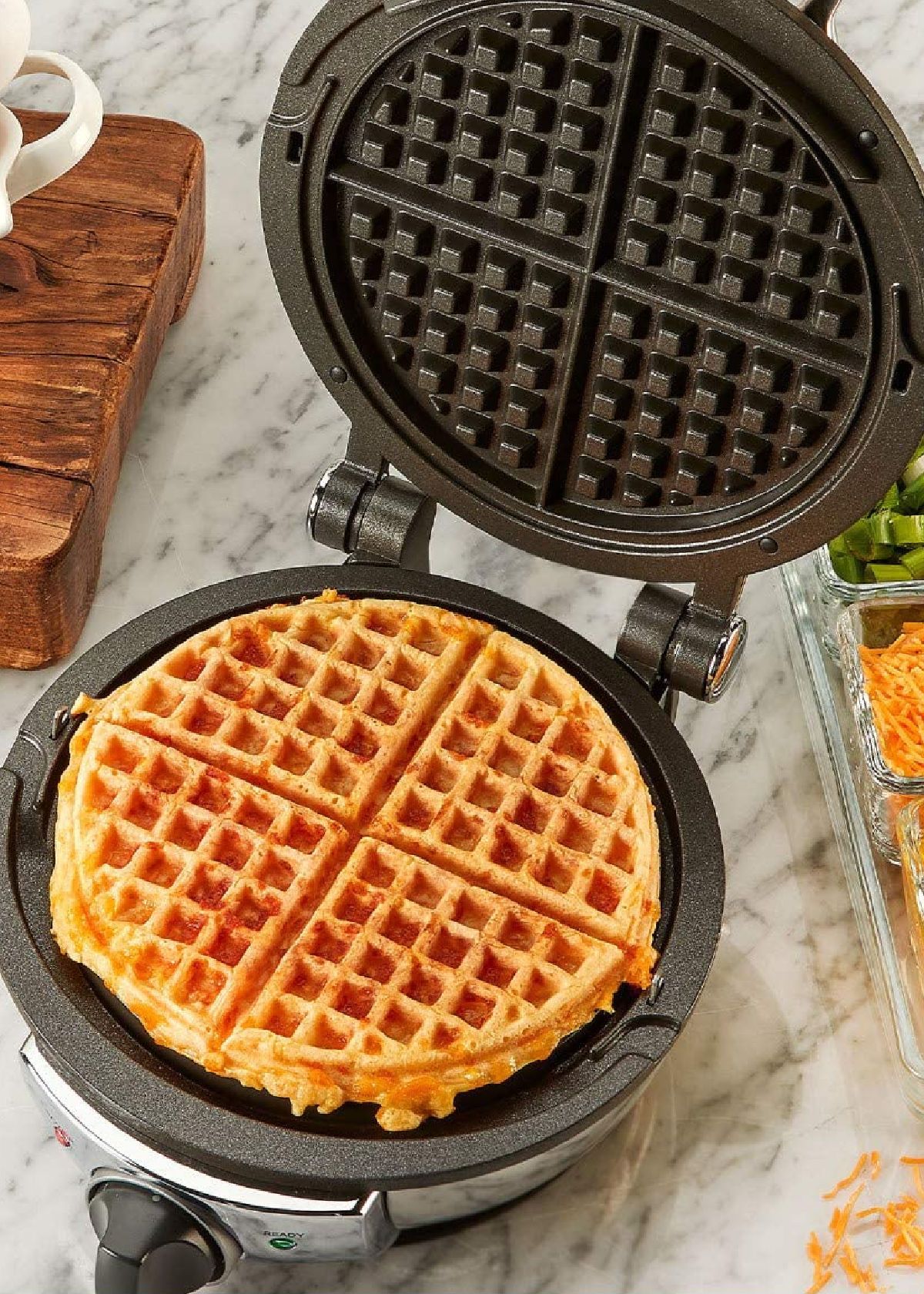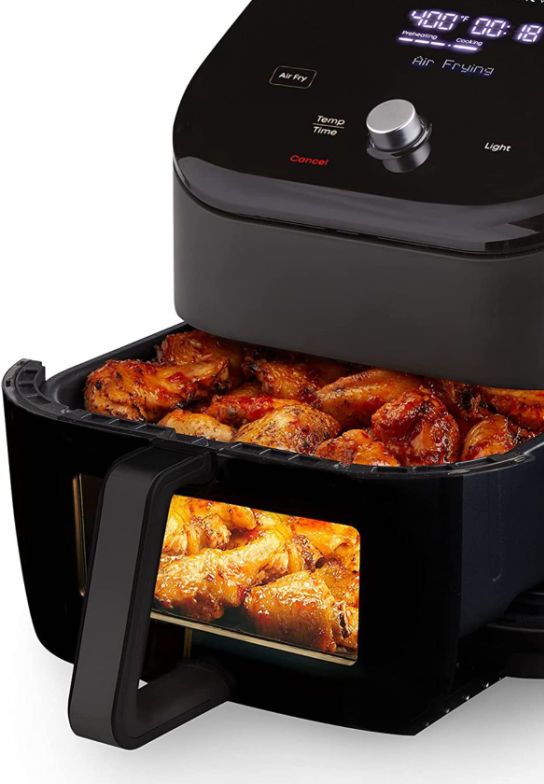Content Summary
Wine lovers know that storing wines properly ensures its quality and flavor. And one of the best ways to keep wine at the right temperature is by using a wine refrigerator.
But how cold does a wine cooler get? Is it cold enough for other beverages? Can it be used as a regular refrigerator? Wine storing and serving temperatures is an issue. Wines are demanding: same serving temperature for red and white wines is not recommended.
In this quick guide, we’ll explore the different types of wine fridges, their cooling technology, and their temperature range. Read on!


Wine Fridge Temperatures
The wine fridge temperature range typically falls within the range of 41°-64°F (5°-18°C). The ideal storage temperature for white wines is 45°-55°F and 55°-65°F for red wines.
- However, some fridges can reach temperatures as low as 38°-41°F, making them suitable for storing sparkling wines and champagnes as well.
- It is important to note that wine fridges are not designed to keep beverages or food cold. They generally cannot reach temperatures below 40°F, which means they should not be used as a regular refrigerator or beverage cooler.
We have written various blog posts, in which we explain in detail the temperature differences between red wines and white wines, and how to determine the right cooling temperature in the wine fridge for your needs, whether it's for long-term storage or short-term serving purposes.


Compressor Coolers vs Thermoelectric Coolers
Wine refrigerators use two types of cooling technology - compressor cooling and thermoelectric cooling.
- Compressor wine coolers work similarly to a traditional refrigerator, using a compressor to cool the air inside the fridge. These types of wine fridges tend to be more powerful and reliable and can maintain a constant temperature even in a fluctuating environment.
- Thermoelectric wine coolers, on the other hand, use a Peltier plate to create a temperature difference between the two sides. These are ideal for small wine fridges and are more energy-efficient.
- Most wine coolers are compressor coolers: they are much more powerful and can get colder, but they can also be noisier. Conversely, thermoelectric wine fridges rely on fans and rubber to keep the cool temperature and are much quieter. However, they can't reach extremely cold temperatures.


Single Zone vs Dual Zone Wine Refrigerator
Another factor that affects the temperature range of a wine fridge is whether it is a single zone or a dual zone wine fridge.
- Single-zone wine coolers have one temperature control for the entire fridge. This is ideal for storing one type of wine, such as reds or whites, at a consistent temperature.
- Dual-zone wine coolers, on the other hand, have two distinct compartments with two temperature controls that allow you to store different types of wine at their ideal temperatures in the same fridge. The temperature range of a dual zone cooler is typically broader than a single zone cooler.
- Important: consider your purpose of buying a wine fridge. Is it for storing wine for a period of <6 months or for >6 months?
- If you want to store your red wine and white wine collection for >6 months or even years, you need a single zone wine fridge. Set the temperature at 55°F, keep humidity <70%, and you're all set.
- If you want to keep your wines <6 months, and / or at serving wine temperatures, get a dual-zone wine refrigerator.
- If you are a serious wine lover and collector and want both, get two wine refrigerators.
So, if you’re looking for a wine fridge that can get cold enough to store a wide range of wine types, a dual zone cooler will be the way to go.


Using A Wine Fridge FAQs
Here are some frequently asked questions related to using a wine fridge:
What temperature should I set my wine fridge to?
The ideal short term storage and serving temperature for white wines is 45°-55°F (7°-13°C) and 55°-65°F (13°-18°C) for red wines.
For sparkling wines and champagnes, you may want to go as low as 38°-42°F (3°-6°C). Remember, not all wine refrigerators have the same range of temperature settings.
Does a wine fridge get as cold as a bar fridge?
A commercial bar fridge is designed to maintain a temperature range of 32°-45°F (0°-7°C), whereas the ideal temperature range for wine storage is 41°-64°F (5°-18°C).
But overall, a wine fridge is designed to cool wine to the ideal serving temperature, whereas a bar fridge is designed to maintain a lower temperature for the storage of other beverages, like sodas, fruit juices and beers.
So a good bar will have a special fridge for sodas and beers, and a separate wine fridge.
Is a wine fridge cold enough for beer?
Most beer should be stored at a temperature range of 35°-45°F (2°-7°C), which is colder than the minimum (white) wine storage temperature.
- A wine fridge may not be cold enough for all beers, as this temperature range of 41°-64°F (5°-18°C) is typically slightly higher than the ideal temperatures for beer storage.
- Different types of beer should be served at different temperatures. It is also important to research the optimal temperature range for each type of beer you intend to store before attempting to use a wine fridge for beer storage.
- For example, the typical Belgian doubles, triples and quadruples can be well kept in a wine fridge. But most lagers and blondes need to be kept at a lower temperature.
- You can opt for a mini beer cooler or a beer fridge with a kegerator for a more consistent and colder temperature to store your beer. We have a shortlist of the best beer fridges for you to choose from.
Is a wine fridge cold enough for food?
A wine fridge is not designed to store food and generally cannot reach temperatures below 40°F (4°C). Therefore, it should not be used for food storage and any food stored in a wine fridge may spoil.
It is best to use a regular refrigerator for keeping foods safe and at the right temperature. A wine fridge is really meant to store wines.
Is a wine fridge cold enough for milk?
It is not advisable to store dairy products in a wine cooler, as the temperature range of 40°-65°F (5°-18°C) is not low enough to keep milk fresh.
The best way to store dairy products such as milk is in a refrigerator at temperatures between 35°-40°F (2°-5°C).
Can you use a wine cooler as a refrigerator?
A wine fridge should not be used as a refrigerator, as its temperature range of 40°-64°F (5°-18°C) is too warm for most food items. The ideal temperature for food storage in a refrigerator is between 35°-40°F (2°-5°C).
To store foods safely, it is best to use a separate, regular mini refrigerator that is designed for food storage. If you don't require large-capacity storage, you can opt for a mini wine fridge with a proper temperature range.
Can you make a wine fridge colder?
You can make a wine fridge colder if it does not reach the temperatures desired for storing your wines, but there is a limit. The temperature range of 40°-65°F (5-18°C) does not allow for safe storage of foods or dairy products.
You can increase the temperature range by adding extra insulation to the walls and doors of your wine cooler or investing in a dual-zone cooler that allows you to store different types of wines at their optimal temperatures in one appliance.
Why doesn't my wine fridge cool as it should?
If your wine fridge isn't cooling properly, it could be due to an issue with the thermostat, a loss of power, or a malfunctioning compressor.
If you have checked for these issues and none of them explain why your wine fridge is not cooling, contact an appliance repair specialist for additional help.


Tips & Tricks
- If you have wines that require different temperatures for optimal storage, consider investing in a dual-zone wine cooler or a beverage fridge that has two compartments for wine and beverage storage.
- Make sure the door seals on your wine fridge are clean and in good condition to prevent warm air from entering.
- Regularly clean and maintain your wine fridge to keep it running smoothly.
- Store wine bottles horizontally or slanted. This helps keep the corks from drying out. This prevents oxygen to enter the wine bottle, and may lead to oxidized wine.
- If you don't require a large capacity for storing different types of wines, opt for a mini wine fridge as they are more energy efficient and better suited for small spaces.
- Use a refrigerator thermometer if your wine fridge doesn't have a built-in thermometer to check the temperature in your wine fridge regularly to ensure it is staying at its optimal range.
If you're looking for a beverage fridge that can store wine in one compartment and other drinks in another, you should check out the below blog post. We've reviewed and selected the best beverage fridges available on the market for your home bar.

That brings us to the end of our guide to understanding wine fridges and how cold they can get. Wine fridges maintain the ideal temperature for wine storage for longer duration, which can be quite convenient for wine lovers.
Catchy Finds




